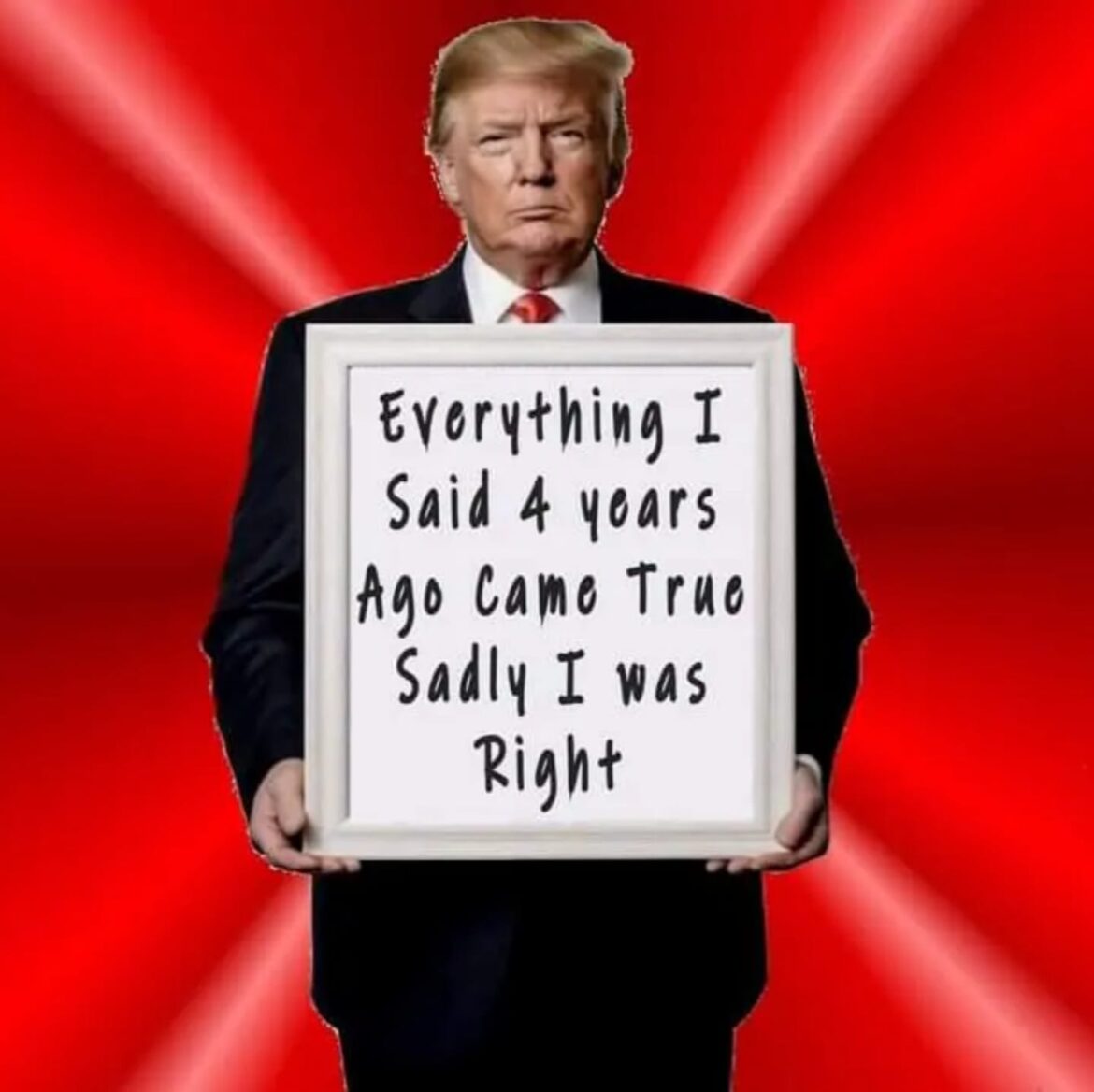Table of Contents
Eager to turn the 2024 election into a referendum on President Biden’s age, Donald Trump has made numerous allusions to “Sleepy Joe.” New evidence suggests that this was a bad idea.
In an attempt to make the 2024 election about age, Donald Trump has frequently referred to Joe Biden as “Sleepy Joe.” There’s new evidence that suggests that was a bad decision.
Trump Continues With His Insults on Biden
From the beginning of his first presidential run in 2015, Donald Trump regularly used nicknames to deride his opponents’ appearances, demeanors, beliefs, or personal histories. Employing such nicknames defied norms of campaigning and captured media attention, but little is known about how these monikers penetrated public awareness, were perceived by the public, and shaped evaluations of those targeted.

Examining Trump’s effort to label Joe Biden as “Sleepy Joe” offers a window through which to begin to answer such questions. Findings from an August 2020 survey experiment reveal that those who participate in politics are likely to contemporaneously know the nicknames Trump is using during the campaign. Perceptions of nickname accuracy were shaped by political beliefs.
Longtime Trump opponent and former chair of the Republican National Committee Michael Steele tweeted on X, “You tyre quickly when you’re old and on trial for falsifying official records.” “Let him sleep, but keep an eye on his slack jaw—drooling could become an issue.”
On Monday, late-night talk show host Jimmy Kimmel referred to Trump as “Doze-O the Clown” and “Donny Nappleseed,” while host of “The Daily Show” Jon Stewart questioned what the snooze meant about the president.
On Monday night, Stewart remarked, “Imagine committing so many crimes, you get bored at your trial.”
Donald Trump has called Joe Biden “Sleepy Joe” on multiple occasions in an effort to turn the 2024 race into a contest about age. New information indicates that was a poor choice.
The use of these monikers disrupted conventional campaigning practices and attracted media attention, but little is known about how the public understood, interpreted, and formed opinions about the people who were the targets of these monikers.

